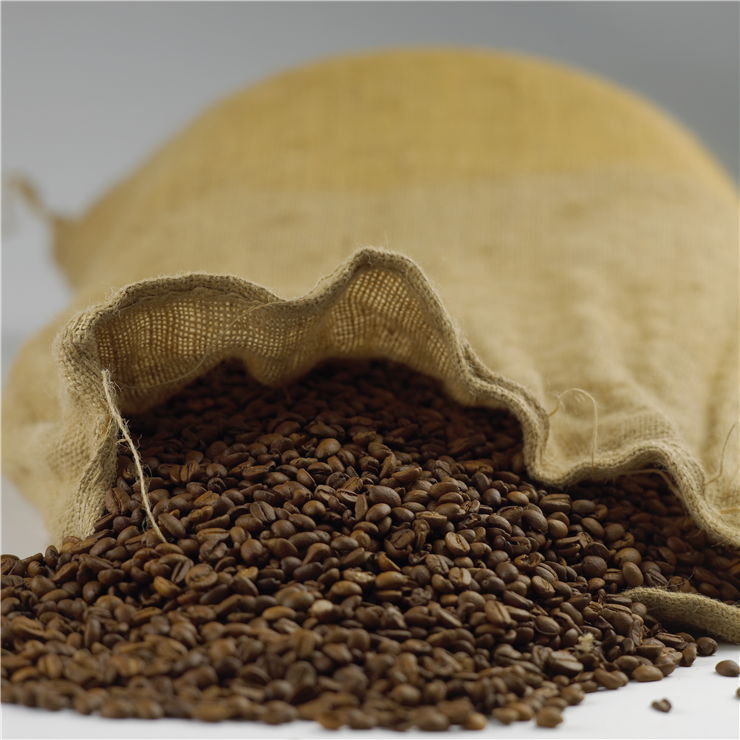How Coffee is Made? - Coffee Production Process
Coffee production is the method of turning the raw fruit of the coffee plant into the finished coffee. There are different methods that are used for this process, usually industrial, and they have a significant effect on the flavor of coffee as a finished product.
Coffee grows on shrubs which have berries from which a seed is extracted. From that seed we get coffee. Planted coffee plant needs some 3 to 4 years to starts to produce flowers. The first useful harvest of coffee cherries is possible around 5 years after planting. The cherries ripen once years except in countries like Colombia where there are two flowerings a year and two crops - main and secondary. Crop is picked mainly by hand except in places like Brazil where the landscape is relatively flat and picking can be mechanized. Cherries can be picked it two ways. They can be strip picked where the entire crop is harvested at one time, and selectively picked where only the ripe cherries are picked.
After picking, cherries are processed where the fruit covering the seeds/beans is removed. Cherries can be processed in wet process in which fruit covering is removed before cherries are dried. They are immersed in water and sorted good and unripe from bad. Pulp is removed by pressing the fruit by machine through a screen. Leftover pulp is removed by ferment-and-wash method or aquapulping or mechanical demucilaging. Coffee beans are then dried in the sun, by machine, or by a combination of both. Dry process is another way of removing a fruit from seed. After the harvest, cherry is cleaned and then placed in the sun to dry which lasts up to 4 weeks. Outer layers of the dried cherry are removed with hulling machine. This method is used for almost all coffee produced in the world except in places with high atmospheric humidity. Semi dry process is used in Indonesia and Brazil. Outer skin from the cherries is removed mechanically but not completely. Processed cherries like that are partially dried in the sun and it is said that this process reduces acidity and increases body.
Final step in coffee processing is dry milling in which re removed the last layers of dry skin and remaining fruit residue from the dry coffee. Hulling is done with machines that remove fruit residue that is on all processed coffee. If any skin is left on the coffee after hulling, it is polished. This process is optional but it improves the appearance of green coffee beans and eliminates a byproduct of roasting which can influence the taste of the finished product. Coffee is the cleaned from the debris that can accumulate during drying and then sorted by size and color with machines. After that, coffee is graded various criteria such as size of the bean, geographical origin, by methods of preparing and picking and the taste.
Coffee can also be aged before roasting on the account that it is believed that coffee improves with age. Also, coffee can be decaffeinated before roasting, in its green form.




